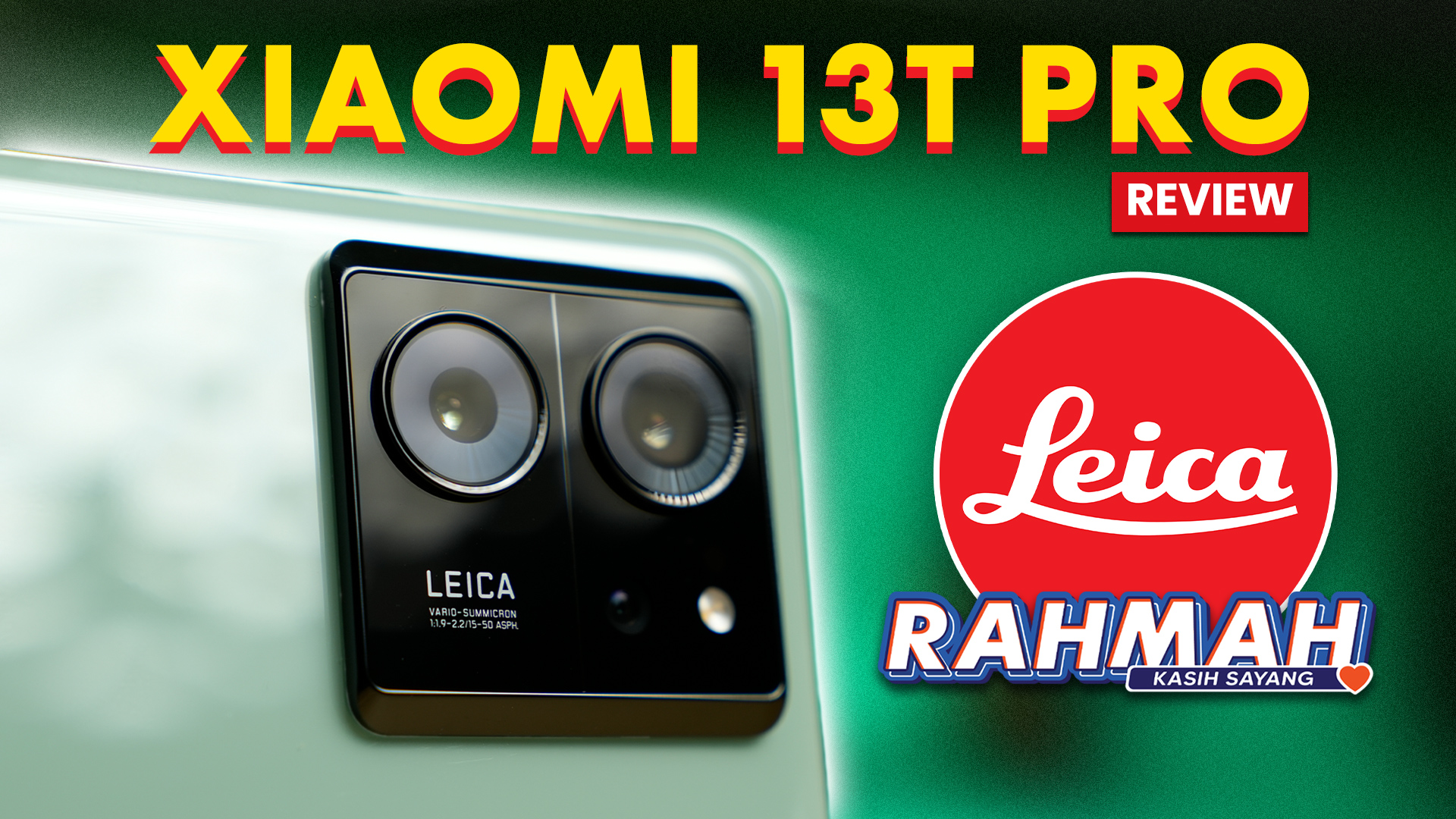As someone who’s always happy to see more actually good options in consumer tech, I am very pleased to announce that Xiaomi is back. And I don’t just mean that they’re back with another smartphone and what not, oh no.
Instead, what I’m saying is that Xiaomi is back to their best with the Xiaomi 13T Pro. See, they’ve just launched the Xiaomi 13T and the Xiaomi 13T Pro, and I’ve already been using it for a while now. And as you can probably tell by this introduction then that I’m quite happy with the Xiaomi 13T Pro, because this really is one heck of a smartphone.
It’s the inside that counts
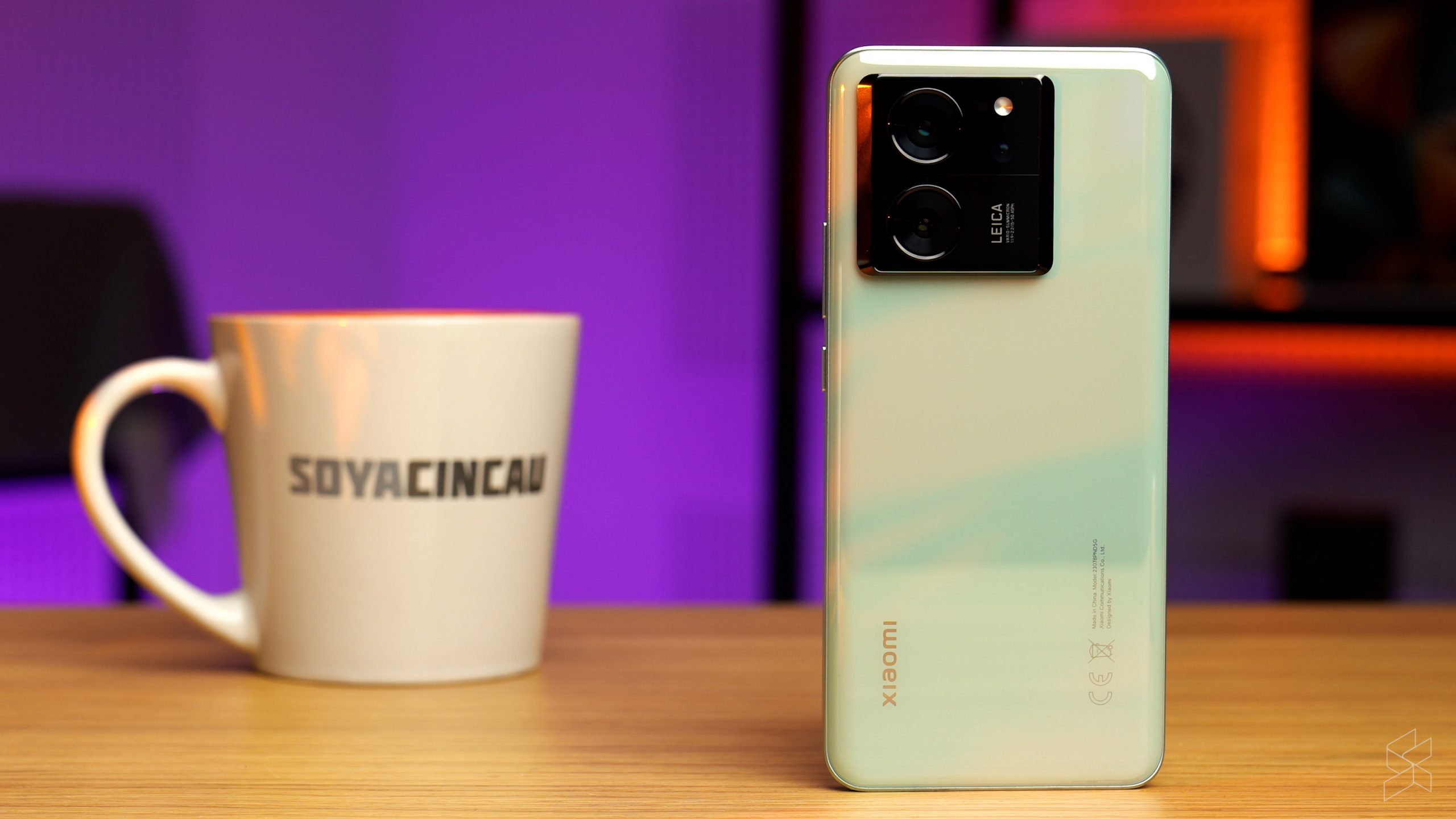
Starting off then with how it looks, the Xiaomi 13T Pro is noticeably plain. I got my hands on the Meadow Green colourway, which has a light apple green hue to it with a simple plain glass back. A fingerprint magnet sure, but you can also get it in Black, or an Alpine Blue which swaps out the glass back for a vegan leather finish on the rear.
In any case, with our Meadow Green Xiaomi 13T Pro, it’s certainly a comfortable fit in hand, likely thanks to its flat display, curved glass back and also not being too heavy at 206g. Granted, I do think that the Xiaomi 13 from earlier this year looks a little better, but the Xiaomi 13T Pro does have its charm too, with its angular, squared off camera bump on the back. It does also have an IP68 dust and water resistance rating, meaning it should last a little longer than Xiaomi’s T-series smartphones of yesteryear.
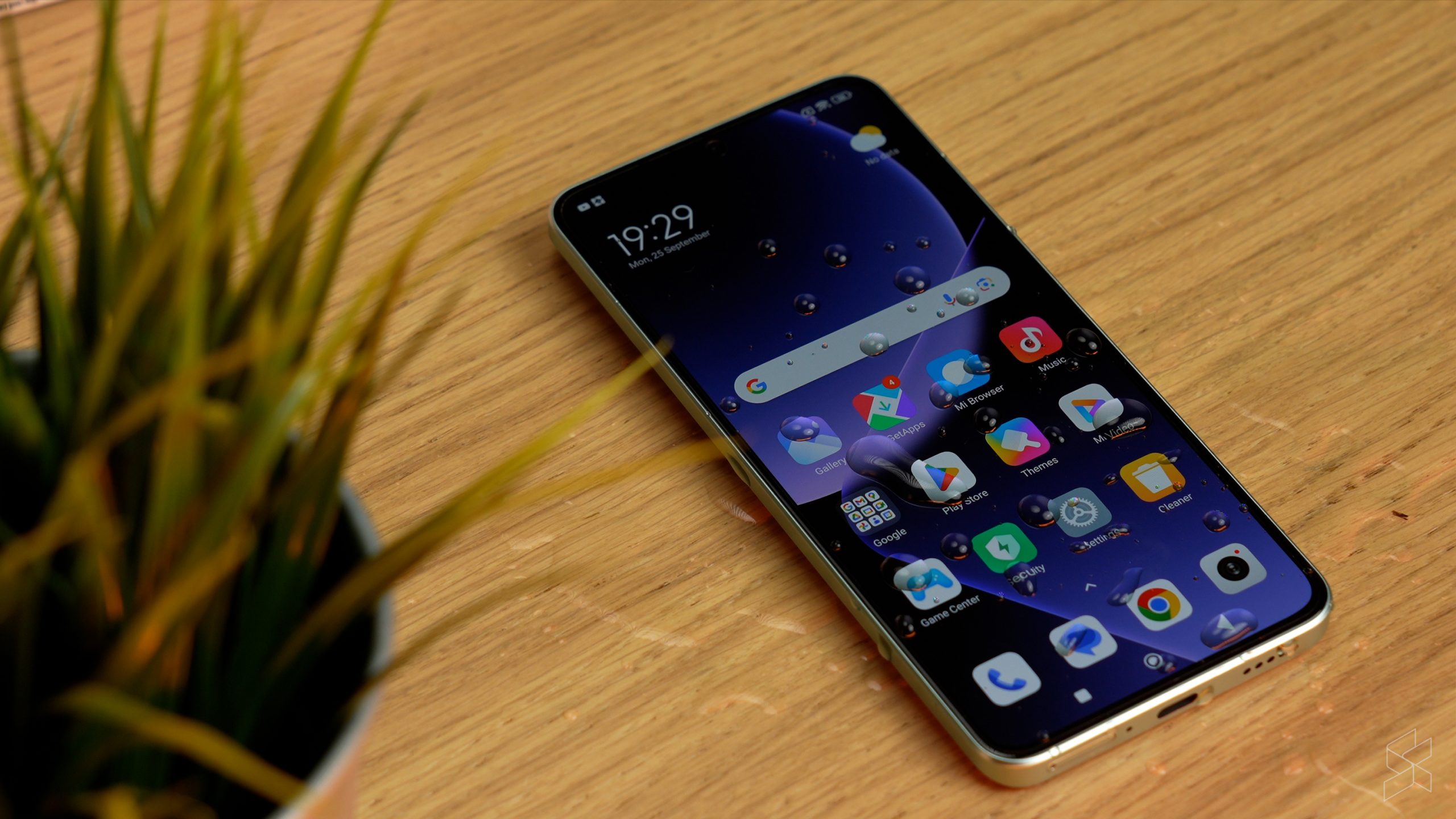
And there’s certainly a good reason why you’d want to increase the lifespan of this smartphone. For the first time ever, Xiaomi has guaranteed four years of Android OS upgrades and five years of security patches, bringing it on par with the likes of Samsung and OnePlus. The Xiaomi 13T comes with Android 13 out of the box, meaning you should expect to get up till Android 17 rolls around, with security updates till 2028.
Of course, with nearly all Xiaomi devices, you won’t be getting anything near a stock Android experience. MIUI is certainly not for everyone, with plenty of people in the SoyaCincau office not big fans of Xiaomi’s skin due to its well, idiosyncrasies, to say the least. I on the other hand am a fan of MIUI, having used a number of Xiaomi phones over the years. As such, I don’t really have too much of an issue with MIUI, though with that being said my experience of MIUI also tells me to not expect updates to roll out on time. In any case, this still marks a step in the direction for Xiaomi.

Under the hood meanwhile is a Dimensity 9200+, the best mobile platform currently offered by MediaTek, with up to 16GB of LPDDR5X RAM and 1TB of UFS 4.0 storage available (our Xiaomi 13T Pro came with 12GB of RAM and 512GB of storage). For the most part, this really is a flagship chip, and it was able to handle pretty much everything I installed on it.
It does however also like to get a little toasty. You probably won’t notice it much when you’re just in bed scrolling on Twitter to see memes about Man United, but under some sustained heavy load the back of the Xiaomi 13T Pro will warm up a fair bit. For instance, after shooting in 4K for a bit, I could already feel the heat coming through though performance didn’t seem like it was affected, with little in terms of chugging animations and lag, so you mileage may vary here.
Great for doomscrolling
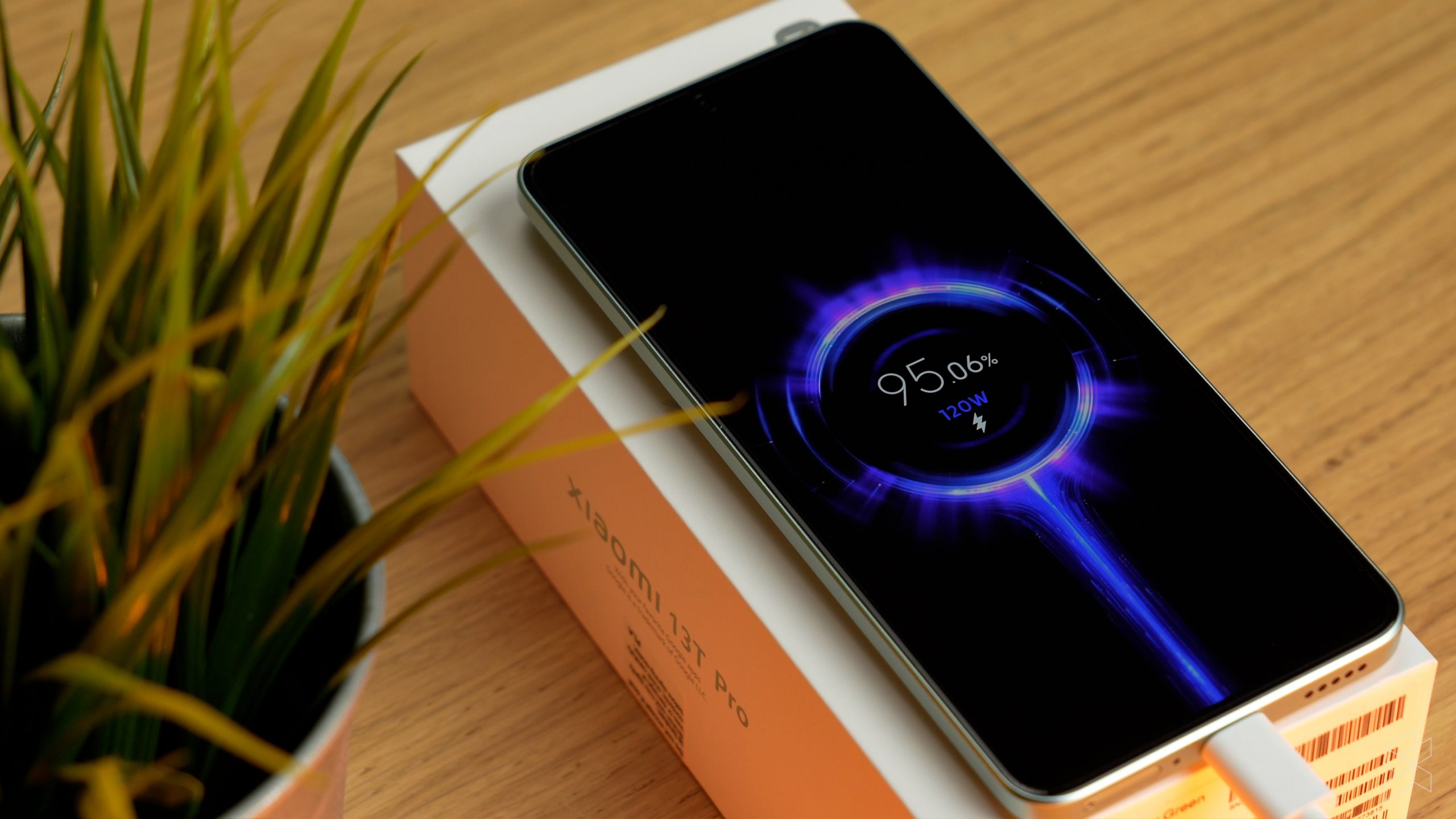
The Xiaomi 13T Pro comes with a 5,000mAh battery that is pretty typical for 2023 standards now, with a regular day’s use complete with the aforementioned scrolling of social media coupled with some texting, video watching, navigation and music easily handled by the battery. I would end up with around 25 to 30-something percent of juice left in the tank by the time I hit the bed, perfectly adequate for an all-day battery life, but perhaps not enough for that all important doomscrolling session. But with support for Xiaomi’s 120W HyperCharge fast charging, getting it back up to speed wasn’t much of an issue.
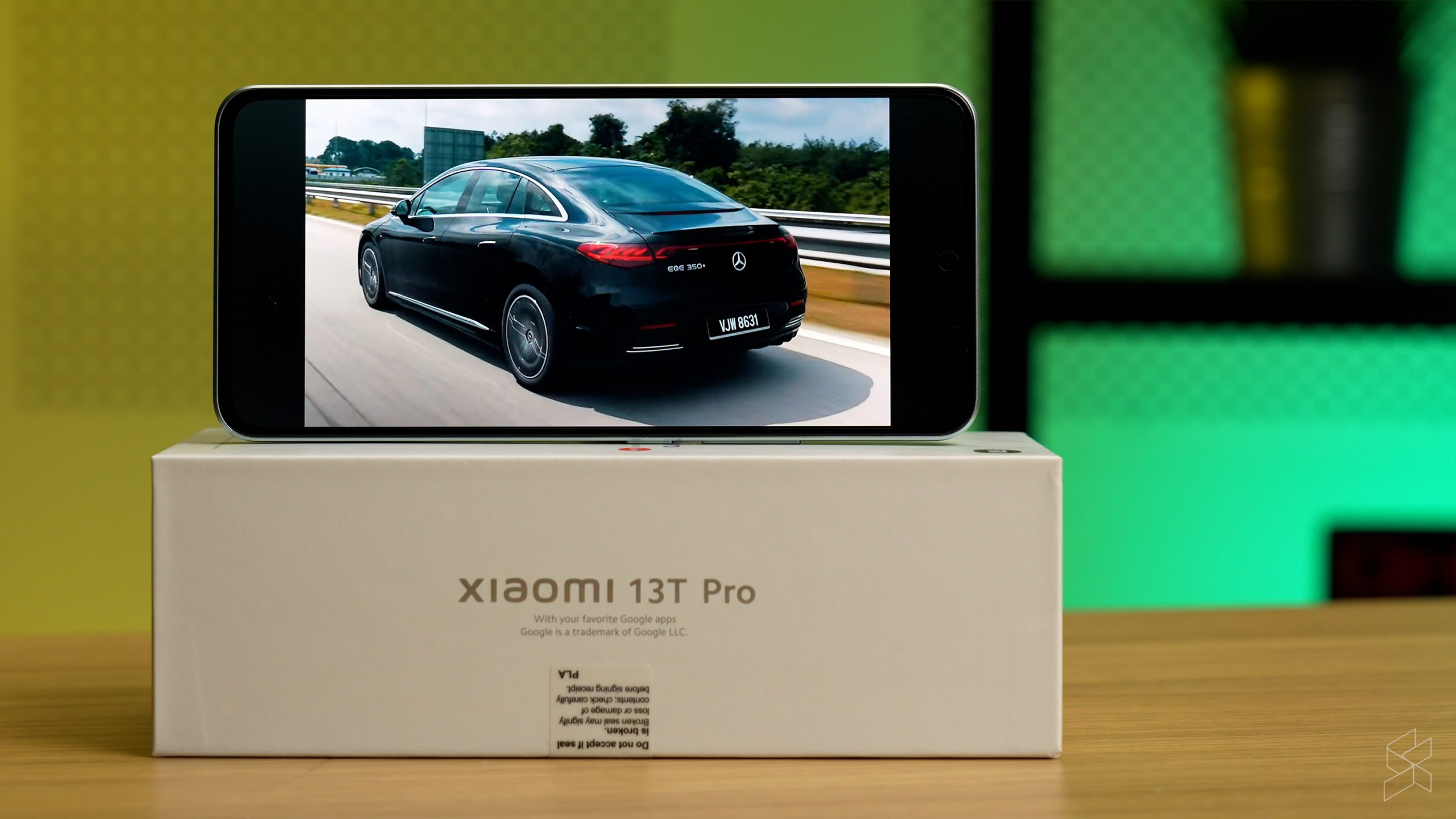
And while I was going through TikTok after TikTok video in bed, I found that the 6.67-inch AMOLED display here is actually pretty decent. It pushes a 2712 by 1200p resolution, with an up to 144Hz refresh rate for super smooth scrolling, a peak brightness of 2600nits and full coverage of the DCI-P3 colour gamut. Together with the stereo speakers, the Xiaomi 13T Pro delivers a good enough audiovisual experience. I mean, it doesn’t have the thinnest bezels, and you do only get a layer of Gorilla Glass 5 here, but it’s certainly not terrible.
The Leica experience
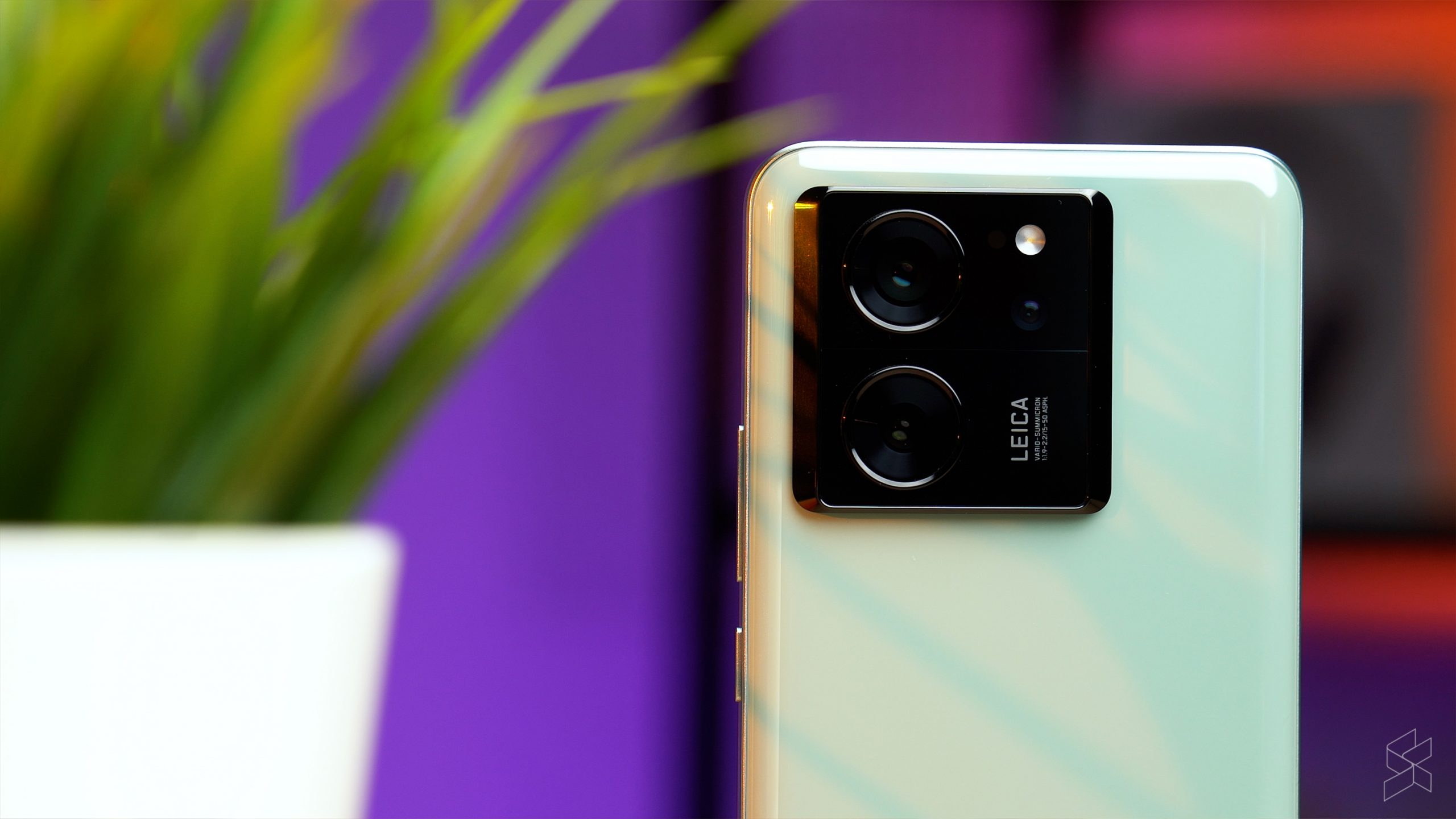
The Xiaomi 13T Pro, along with its non-Pro stablemate, is the first time we’re seeing the Leica branding on their T-series devices, with Xiaomi pushing hard to differentiate themselves from the plethora of other smartphones available out there in the camera department by teaming up with the legendary camera brand to co-engineer these cameras.
With the Xiaomi 13T Pro then you’re getting a main 50MP, f/1.9 camera with a 1/1.28-inch sensor offering a 24mm equivalent shot. That gets flanked by a 50MP, f/1.9 telephoto camera for 50mm shots, and a 12MP, f/2.2 ultrawide along with a 20MP, f/2.2 front camera. And just like Xiaomi’s previous Leica-branded smartphone camera setups, you can pick between a Leica Authentic or a Leica Vibrant look, though I personally prefer the Leica Authentic for its more, um, authentic look.
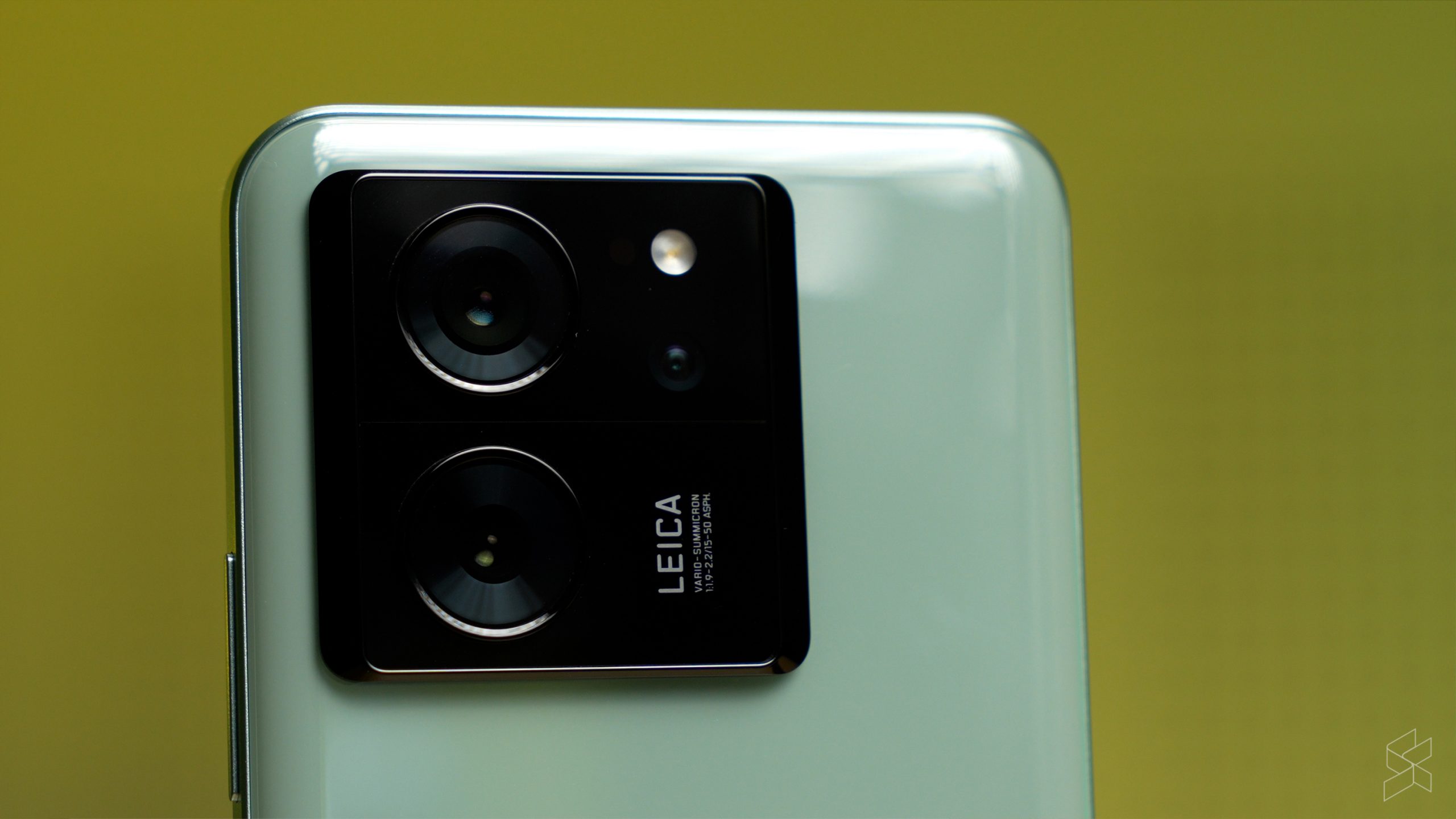
In general though, what I’d say is that for most people who just want a good point and shoot experience, the Xiaomi 13T Pro will mostly deliver. Shots turn out very well in nearly all situations with plenty of detail, and in the Leica Authentic mode anyway will not have the same kind of overblown and sometimes oversaturated look that a lot of its Chinese rivals tend to have. Night mode shots also complement photos really well, adding a bit of depth to the lighting but never making it look artificial.








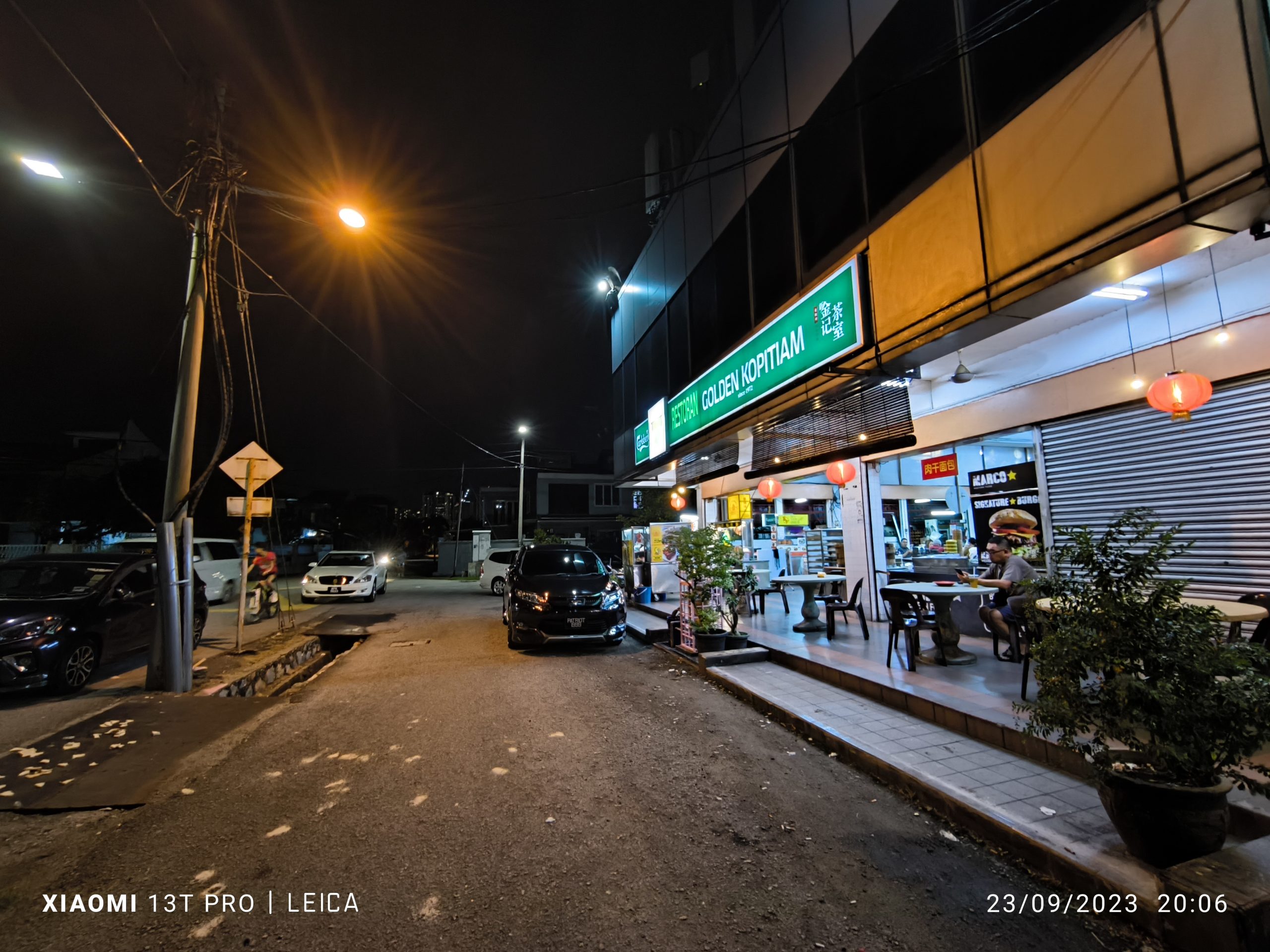





Its video capabilities were also fairly impressive. You can check out our video review of it for some sample footage, but basically after shooting in 4K and watching it back on the phone at least, I found that the lighting was fairly true to life and I was quite pleased really with how it much detail it caught.
That’s not to say that the Xiaomi 13T Pro are the best cameras I’ve sen on a smartphone. There were some things that I couldn’t get behind, with the ultrawide for instance not being as good as the main shooter, but it was the Xiaomi Master Lens system that was the most jarring to me. If you head to the portrait mode when taking a photo, you’ll find a default portrait mode, a 35mm documentary lens, a 50mm swirly bokeh and a 90mm soft focus lens.




Among them, the 50mm portrait mode seemed to offer the best shots, with the 90mm soft focus mode resulting in images that looked more like AI-generated photos with very obvious post processing. Perhaps some future software tweaks from Xiaomi could improve on what is at least a pretty cool feature.
Back to Xiaomi’s best
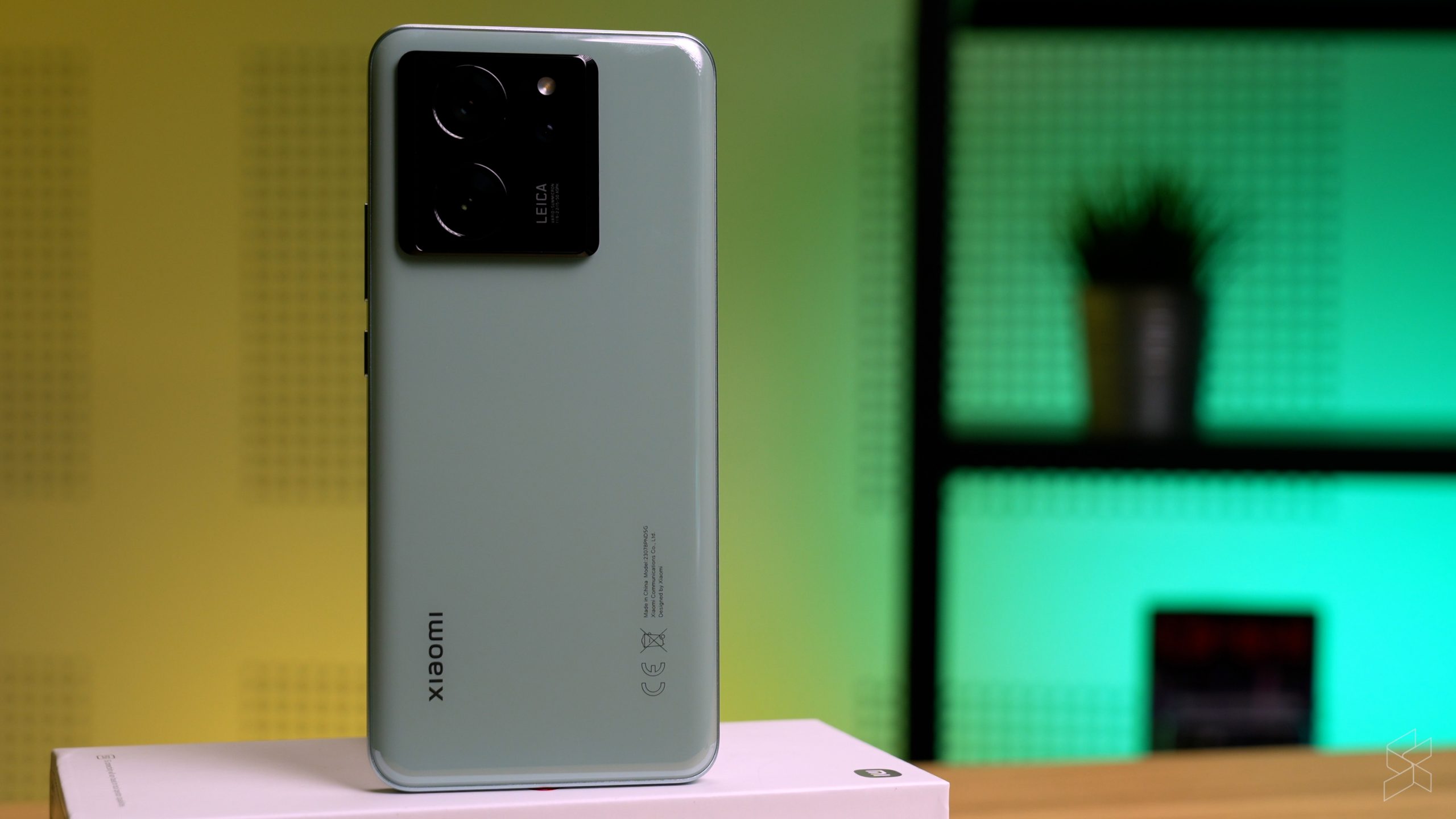
Lastly, we come to its price, and it’s here where the Xiaomi 13T Pro and indeed, even the closely related Xiaomi 13T completes Xiami’s turnaround in fortunes. With a starting price of just RM2,499 for the 12GB+256GB variant, the Xiaomi 13T Pro offers a lot of value for what you’re paying for. It’s certainly not perfect—minor issues on thermals, some tweaks needed to the camera software—but when you take a look at the whole package, the Xiaomi 13T Pro is a damn near brilliant package, perhaps their best T-series device since the Mi 9T Pro.
- Xiaomi 13T Pro, 12GB RAM, 256GB storage – RM2,499
- Xiaomi 13T Pro, 12GB RAM, 512GB storage – RM2,699
- Xiaomi 13T Pro, 16GB RAM, 1TB storage – RM3,499
I mean, you could even get the 13T Pro with 512GB of storage for RM2,699, and that would still be great value. Looking at the sub RM3,000 mark, the Xiaomi 13T Pro stands out as perhaps the most complete smartphone package you can get; it’s even launching for less than last year’s Xiaomi 12T Pro.
Perhaps its biggest rival in this price category is actually the Nothing Phone (2). Starting at RM2,999 the Nothing Phone (2) offers a Qualcomm Snapdragon 8+ Gen 1 that is arguably more suited to the tastebuds of Malaysians, and the NothingOS 2.0 if by far the better of the two operating systems—and I say that as someone who actually likes MIUI. And of course, there’s the whole Glyph Interface thing on the back too if you care about that, along with wireless charging too.
But factor in things like longer software support, more versatile cameras and even an IP68 dust and water resistance rating, it’s really hard to argue against the 13T Pro here. You could maybe make a case against the 13T Pro if you can find other flagships like a Samsung Galaxy S23 on a deep, and I mean deep, discount.
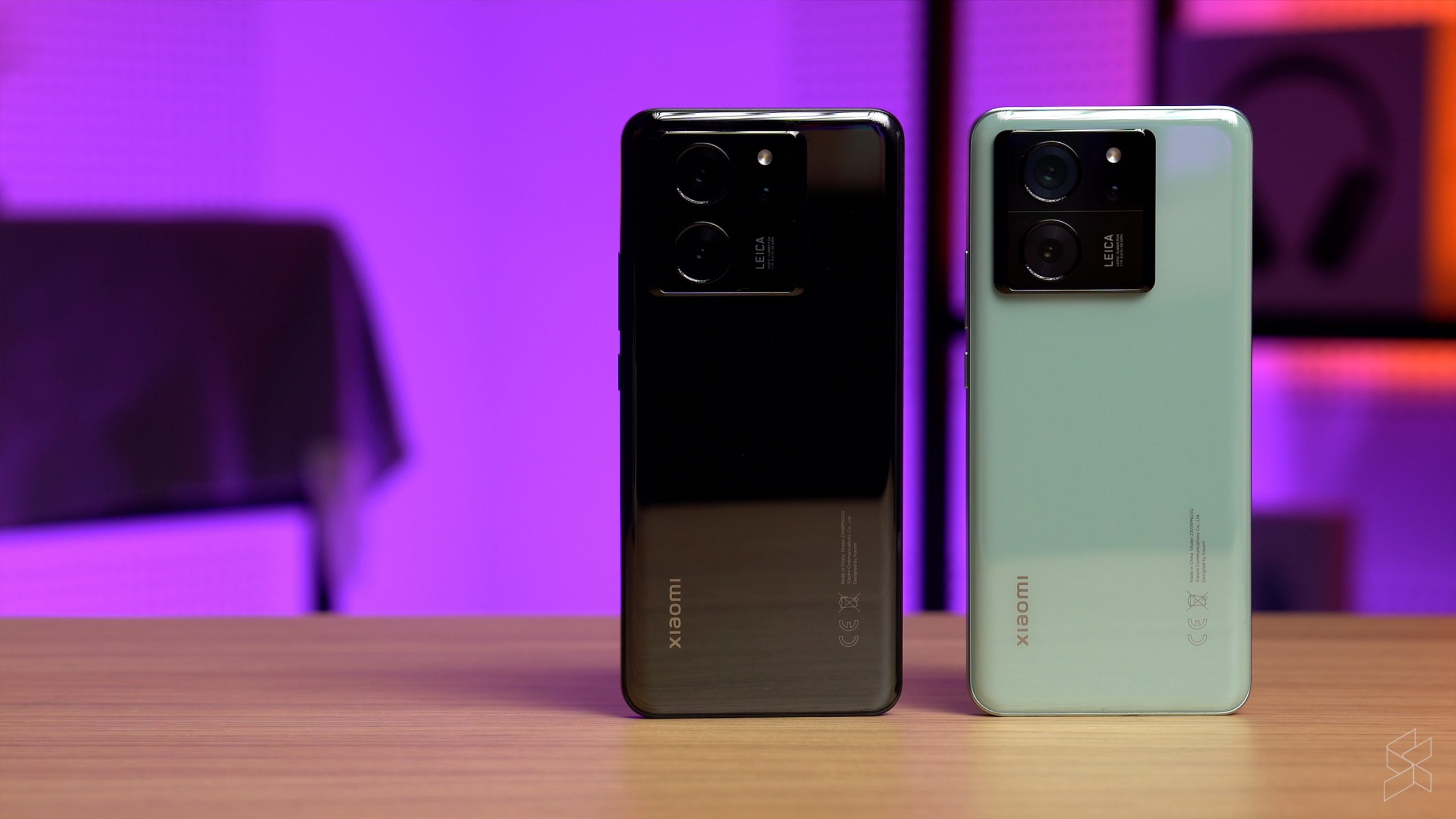
In fact, if you’re on a tighter budget, I’d say you might not even need to look at the Xiaomi 13T Pro. The regular Xiaomi 13T offers nearly the same key specs as the Xiaomi 13T Pro, with the only notable differences being a step down Dimensity 8200-Ultra processor, a lower 67W charging speed that’s still plenty fast, and you also lose the ability to shoot at 8K. Starting at just RM1,799, it undercuts the likes of the Poco F5 Pro and Samsung Galaxy A54, the usual frontrunners in the sub RM2,000 mark. The latter two certainly doesn’t have the same camera chops as the 13T Pro, and while the Galaxy A54 may match the 13T in length of software support it loses out by having a weaker processor.
Overall, I’m very pleased to see what Xiaomi has managed to do with the 13T and the 13T Pro here. It’s a genuine return to form for the brand, and I think the Xiaomi 13T series in general might just end up rather popular options for Malaysians across the board.

